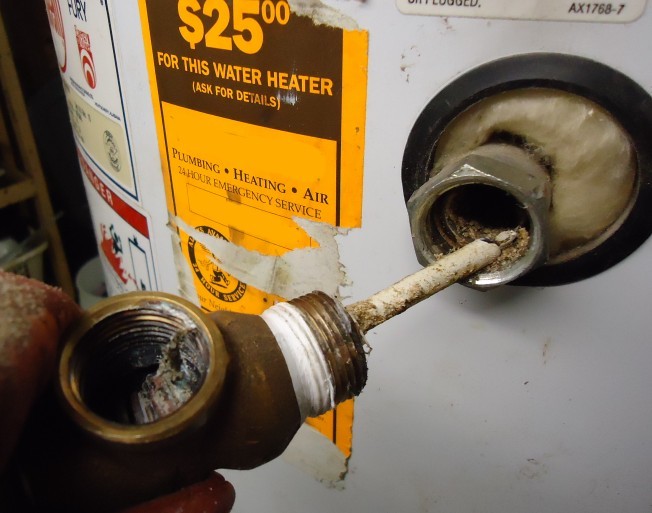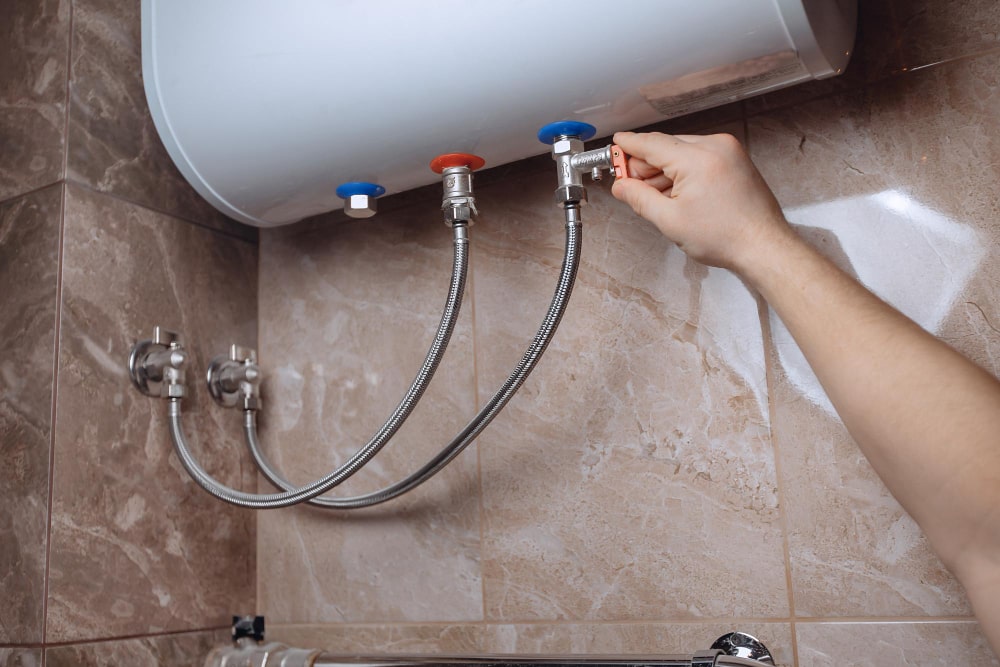Were you on the lookout for related information on Tips on Maintaining a Water Heater?

Hot water is crucial for everyday convenience, whether it's for a rejuvenating shower or cleaning recipes. To ensure your warm water system runs successfully and lasts longer, routine upkeep is key. This short article gives practical suggestions and understandings on just how to keep your home's hot water system to prevent interruptions and pricey repair work.
Introduction
Keeping your home's hot water system may appear daunting, however with a couple of basic actions, you can ensure it runs smoothly for many years ahead. This guide covers everything from recognizing your warm water system to DIY upkeep pointers and understanding when to hire expert aid.
Relevance of Keeping Your Hot Water System
Normal upkeep not only prolongs the life expectancy of your warm water system yet likewise ensures it operates efficiently. Overlooking maintenance can cause decreased performance, higher power expenses, and also premature failing of the system.
Indications Your Hot Water System Demands Upkeep
Recognizing when your warm water system needs focus can stop major concerns. Watch out for signs such as irregular water temperature, weird sounds from the heating system, or rusty water.
Understanding Your Warm Water System
Prior to diving right into maintenance tasks, it's handy to understand the basic elements of your warm water system. Usually, this includes the water heater itself, pipes, anode rods, and temperature controls.
Monthly Maintenance Tasks
Normal month-to-month checks can help capture small problems prior to they intensify.
Purging the Hot Water Heater
Flushing your water heater eliminates sediment buildup, enhancing efficiency and lengthening its life.
Monitoring and Replacing Anode Rods
Anode poles avoid deterioration inside the tank. Evaluating and replacing them when worn is important.
Evaluating and Changing Temperature Level Settings
Readjusting the temperature level settings makes sure optimum performance and safety.
Do It Yourself Tips for Upkeep
You can perform a number of maintenance jobs on your own to keep your hot water system in top condition.
Checking for Leaks
Consistently inspect pipes and connections for leaks, as these can result in water damage and higher expenses.
Evaluating Pressure Relief Valves
Checking the stress safety valve ensures it operates correctly and protects against too much stress build-up.
Protecting Pipes
Insulating warm water pipes decreases heat loss and can conserve energy.
When to Call a Professional
While do it yourself maintenance is advantageous, some issues need professional knowledge.
Complex Issues Calling For Professional Aid
Examples include significant leaks, electrical troubles, or if your water heater is constantly underperforming.
Regular Professional Maintenance Perks
Expert upkeep can consist of extensive assessments, tune-ups, and making certain compliance with safety standards.
Final thought
Normal upkeep of your home's hot water system is crucial for performance, durability, and price savings. By complying with these ideas and understanding when to seek expert help, you can guarantee a reliable supply of warm water without unforeseen interruptions.
How to Maintain an Instant Hot Water Heater
Before tinkering with your hot water heater, make sure that it’s not powered on. You also have to turn off the main circuit breaker and shut off the main gas line to prevent accidents. Also turn off the water valves connected to your unit to prevent water from flowing into and out of the appliance. 2. When you’re done, you have to detach the purge valves’ caps. These look like the letter “T” and are situated on either side of the water valves. Doing so will release any pressure that has accumulated inside the valves while at the same time avoid hot water from shooting out and burning your skin. 3. When the purge valves’ caps are removed, you have to connect your hosing lines to the valves. Your unit should have come with three hoses but if it didn’t, you can purchase these things from any hardware or home repair shops. You can also get them from retail stores that sell water heating systems. Read the user’s manual and follow it to complete this task properly. When the hosing lines are connected, open the purge port’s valves. 4. You should never use harsh chemical cleaners or solutions when cleaning your unit. Make use of white vinegar instead. It should be undiluted and you’ll probably use about 2 gallons. 5. Now flush your water heater. This task should probably take about 40 minutes. We can’t give you specific directions for this because the procedure is carried out depending on the type, model and brand of your heater. With that being said, refer to the user’s manual. 6. When you’re done draining the unit, you have to turn off the purge port valves again. Remove the hosing lines that you earlier installed on each of the water valves. Put the valve caps (purge port) back in their respective places and be very careful so as not to damage the rubber discs that are found inside these caps. 7. Now that everything’s back in place, check your user’s manual again to find out how to reactivate your water heating system. 8. Once it is working, turn one of your hot water faucets on just to let air pass through the heater’s water supply pipes. Leave the tap on until water flows smoothly out of it. https://www.orrplumbing.com/blog/2014/september/how-to-maintain-an-instant-hot-water-heater/

Hopefully you liked our topic about How to Maintain a Hot Water Heater in a Few Simple Steps. Thanks for taking the time to read through our blog post. Liked our write up? Please quickly share it. Help someone else discover it. Thanks so much for going through it.
Additional Resources